Stacking Functions With Pumpkins
This post offers multiple ways to enjoy the abundance of cheap pumpkins at this time of year that do not involve using them as decorations
This time of year in the temperate regions of Turtle Island many of our communities will be overflowing with cheap pumpkins of all colors, shapes and sizes due to the impending processed sugar intake frenzy at the end of the month.
But why are we in a hurry to carve nutritious food into ornaments and leave it sitting at the door step when we could be feeding ourselves and our family in times when grocery bills are increasing exponentially?
Pumpkins are nutritional powerhouses and yet many see them as purely decoration. These are nutrient dense and delicious sources of food that can help us to increase our resilience, health and longevity, and thus, this post is about treating them as such.
These pie pumpkins in the pic above cost me 1$ each at a local farmers market in a past year. The pumpkins (being only sought out by the majority of people during specific holidays) will soon be available for next to nothing even though the quality is still excellent (they offer both nutrient dense flesh for soup, pie and bread and protein rich seeds).
I feel taking time to preserve seasonal abundances (and potential sources of massive food waste) is very important (especially this year when supply shortages may become common place with our intentionally destabilized economy).
I also enjoy the process and find it saves us big money on grocery bills during the best of times.
Today I will share a couple recipes from my book and additional ideas for stacking functions with pumpkins.
History of squash:
Members of the genus Cucurbita. The English word, squash, is descended from the Narragansett word askutasquash. This was a dialect of the Massachusett speaking people, whose language is now included in the greater family of Algonquin. Their native range extends from the central United States south to Argentina, with the highest species diversity in Mexico, which is believed to be the origination point of the genus. Around 20 species of wild squash grow among the temperate to tropical climates throughout their native range. Most all of our domesticated squash we enjoy today came from just five species (C. argyrosperma, C. ficfolia, C. maxima, C. moscha and C. pepo).
This vegetable was unknown in Europe until the late 16th century, with the first known record of squash in the Old World occurring in 1591. However, long before the Old World debut of squash it was highly valued and widely cultivated by indigenous people in the Americas. Around 8,000 years ago, the earliest known domestication of Cucurbita species occurred.
Health benefits of Pumpkin (flesh):
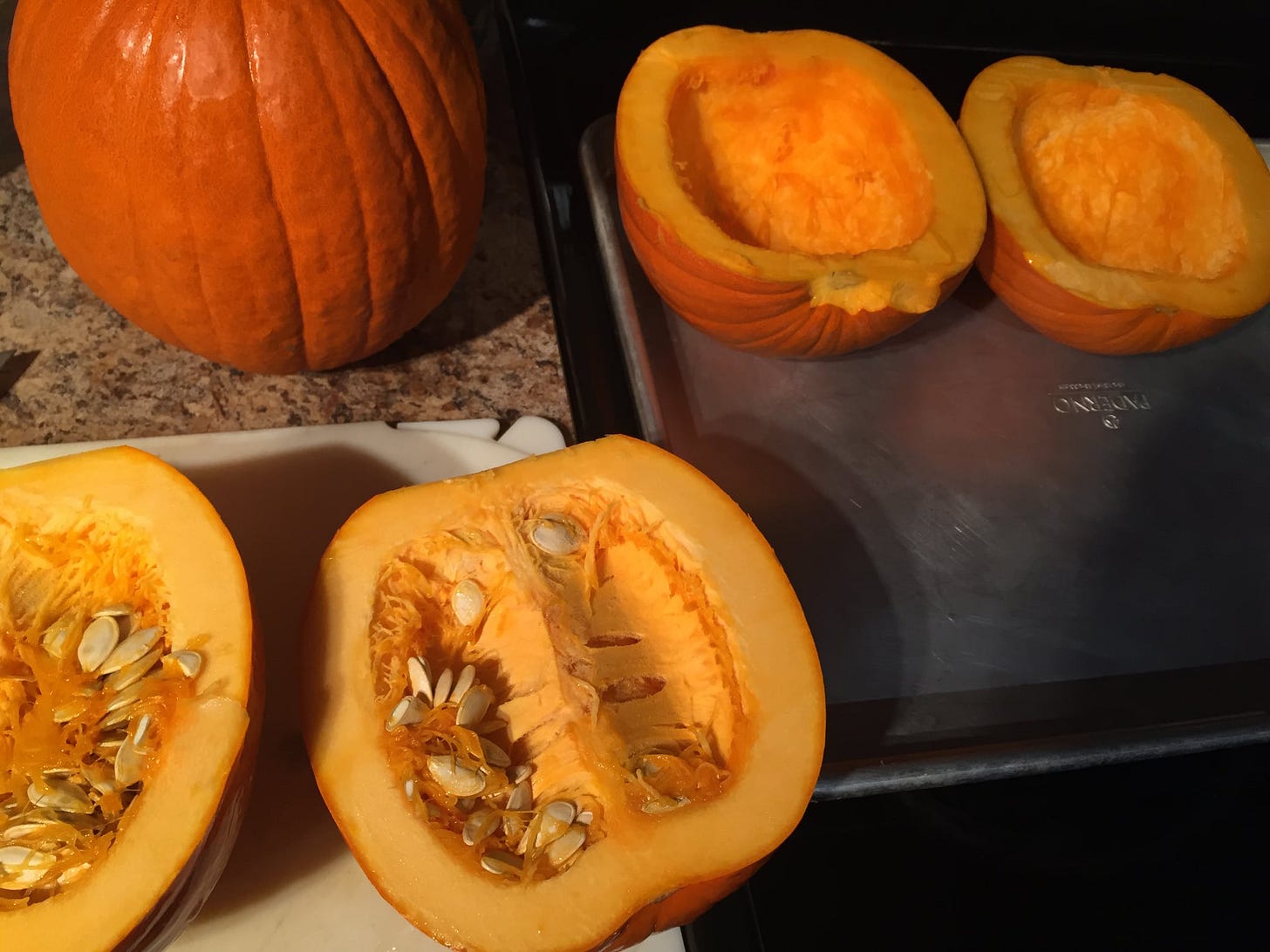
Not only can you eat the “flesh” of pumpkin (the smooth, orange filling), but you can also enjoy the seeds and even the leaves and juices from the plant, which are full of nutrients, including healthy fatty acids.
Pumpkins are thought to be native to North America, specifically Northeastern Mexico and the Southern U.S.
They are actually one of the oldest domesticated plants. It’s believed that tribes native to North America have been growing them since at least 5,000 BC.
1. Very High in Vitamin A/Beta-Carotene and Other Antioxidants
According to one review focused on pumpkin nutrition benefits, this type of squash “contains several phyto-constituents belonging to the categories of alkaloids, flavonoids, and palmitic, oleic and linoleic acids. Various important medicinal properties including anti-diabetic, antioxidant, anti-carcinogenic, anti-inflammatory and others have been well documented.”
Beta-carotene is one type of carotenoid antioxidant that is responsible for pumpkins’ signature orange color. Beta-carotene is found in cancer-fighting fruits and vegetables that may help reduce the risk of some types of cancer, including colon and prostate cancer.
Studies have shown that eating produce rich in vitamin A/beta-carotene may not only defend against cancer, but also protect vision, prevent macular degeneration, and boost heart and neurological health. This is due to vitamin A’s ability to counteract oxidative stress and free radical damage, which harm healthy cells and neurons.
One study even concluded that high-beta-carotene diets can lower risk of all-cause mortality. Additionally, there’s evidence that high beta-carotene consumption can offer protection against obesity and risk factors for metabolic syndrome.
It’s thought that vitamin A is a potent regulator of adipose (fat) tissue development and is therefore important for obesity prevention.
2. Good Source of Vitamins C and E
Vitamin C that is found in pumpkin can help protect cells and tissues from damage — plus it supports synthesis of collagen protein, which forms and strengthens skin and other connective tissues. Vitamin C is also important for healthy immune system function, cancer prevention and neurological health.
Another vitamin with antioxidant effects that is found in pumpkin is vitamin E. Diets rich in vitamin E are linked to a reduced risk for heart disease, hormonal problems like PMS, Alzheimer’s disease, and skin issues like acne and wrinkles.
Vitamin E also seems to help prevent damage from free radicals and may decrease the risk of certain types of cancer, including colorectal and prostate cancer.
Pumpkin seeds are also sources of cancer-fighting compounds, which is why these seeds have been used in folk medicine as remedy for kidney, bladder and prostate cancer, along with other disorders such as erectile dysfunction, for centuries. Like vitamin C and vitamin E, pumpkin seed oil that is made from the seeds can help defend against skin damage and slow-healing wounds due to antioxidants, such as tocopherols, fatty acids and phytosterols.
3. Can Help Regulate Heart Health and Blood Pressure
Each one-cup serving of cooked pumpkin provides about 16% of your daily potassium needs. Potassium is an electrolyte that many adults lack in their diets, considering it’s primarily found in veggies and fruits such as bananas, potatoes, squash and avocados.
Consuming plenty of potassium offers benefits such as lowering the risk of high blood pressure, heart disease and having a stroke. It counteracts the effects of sodium in your diet, which many people eating a “standard American diet” consume too much of, helping to prevent hypertension.
In addition to potassium, pumpkin and pumpkin seeds provide other nutrients that promote cardiovascular health, including fiber and vitamin C. Fiber can promote healthy cholesterol levels, while vitamin C defends against oxidative stress.
4. Provides Fiber, Which Supports Metabolic and Gut Health
Studies show that eating a diet rich in plant foods, especially those high in antioxidants and fiber, helps decrease the risk of a number of chronic diseases — including metabolic syndrome, obesity and type 2 diabetes.
Fiber aids in gut health by promoting elimination and preventing constipation. It also “feeds” healthy probiotic bacteria in the gut and helps them thrive, while also helping to manage blood levels.
Another benefit of a high-fiber diet is that it helps make you feel full, which can allow you to control your calorie intake more easily and potentially manage your weight.
5. Provides Manganese and Copper
Adding pumpkin to your diet is beneficial for bone health because manganese helps defend against loss of bone density and fractures. Additionally, manganese has some anti-inflammatory properties and plays a role in cognitive, metabolic and joint health.
Copper is another mineral found in pumpkin that has a number of roles in helping form hemoglobin and collagen in the body. Copper also helps with synthesis of several enzymes and proteins that are involved in energy metabolism, DNA synthesis and respiration.
Health Benefits of Pumpkin Seeds:
Full of Valuable Nutrients:
1-ounce (or 28-grams) serving contains:
* Fiber: 1.7 grams
* Protein: 7 grams
* Fat: 13 grams (6 of which are omega-6s)
* Vitamin K: 18% of the RDI
* Phosphorus: 33% of the RDI
* Manganese: 42% of the RDI
* Magnesium: 37% of the RDI
* Iron: 23% of the RDI
* Zinc: 14% of the RDI
* Copper: 19% of the RDI
They also contain a lot of antioxidants and a decent amount of polyunsaturated fatty acids, potassium, vitamin B2 (riboflavin) and folate. (4.2 ounces equal one cup).
1. Improves Brain Function:
Pumpkin seeds contain powerful antioxidants that protect the body and brain from free radical damage. They're also an excellent source of magnesium, iron, zinc and copper. Each of these nutrients is important for brain health:
Zinc: This element is crucial for nerve signaling. Zinc deficiency has been linked to many neurological conditions, including Alzheimer's disease, depression and Parkinson's disease.
Magnesium: Magnesium is essential for learning and memory. Low magnesium levels are linked to many neurological diseases, including migraines, depression and epilepsy.
Copper: Your brain uses copper to help control nerve signals. And when copper levels are out of whack, there's a higher risk of neurodegenerative disorders, such as Alzheimer's.
Iron: Iron deficiency is often characterized by brain fog and impaired brain function.
2. Reduces Risk of Certain Cancers:
Diets rich in pumpkin seeds have been associated with a reduced risk of stomach, breast, lung, prostate and colon cancers. A large observational study found that eating them was associated with a reduced risk of breast cancer in postmenopausal women. Others studies suggest that the lignans in pumpkin seeds may play a key role in preventing and treating breast cancer. Further test-tube studies found that a supplement containing pumpkin seeds had the potential to slow down the growth of prostate cancer cells.
3. Improve Prostate and Bladder Health:
Pumpkin seeds help relieve symptoms of benign prostatic hyperplasia (BPH), a condition in which the prostate gland enlarges, causing problems with urination. Several studies in humans found that eating these seeds reduced symptoms associated with BPH. In a one-year study in over 1,400 men with BPH, pumpkin seed consumption reduced symptoms and improved quality of life. Further research suggests that taking pumpkin seeds or their products as supplements can help treat symptoms of an overactive bladder. One study in 45 men and women with overactive bladders found that 10 grams of pumpkin seed extract daily improved urinary function.
4. Very High in Magnesium:
Pumpkin seeds are one of the best natural sources of magnesium — a mineral that is often lacking in the diets of many Western populations. In the US, around 79% of adults have a magnesium intake below the recommended daily amount. Magnesium is needed for more than 600 chemical reactions in your body. For example, adequate levels of magnesium are important for:
-Controlling blood pressure.
-Reducing heart disease risk.
-Forming and maintaining healthy bones.
-Regulating blood sugar levels.
5. Improves Heart Health:
Pumpkin seeds are a good source of antioxidants, magnesium, zinc and fatty acids — all of which help to keep your heart healthy. Animal studies have also shown that pumpkin seed oil may reduce high blood pressure and high cholesterol levels — two important risk factors for heart disease. A 12-week study in 35 postmenopausal women found that pumpkin seed oil supplements reduced diastolic blood pressure (the bottom number of a reading) by 7% and increased "good" HDL cholesterol levels by 16%. Other studies suggest that pumpkins’ ability to increase nitric oxide generation in your body may be responsible for its positive effects on heart health. Nitric oxide helps expand blood vessels, improving blood flow and reducing the risk of plaque growth in your arteries.
6. Lowers Blood Sugar Levels:
Animal studies have shown that pumpkin, pumpkin seeds, pumpkin seed powder and pumpkin juice can reduce blood sugar. This is especially important for people with diabetes, who may struggle to control their blood sugar levels. Several studies have found that supplementing with pumpkin juice or seed powder reduced blood sugar levels in people with type 2 diabetes. The high magnesium content of pumpkin seeds may be responsible for its positive effect on diabetes. An observational study in over 127,000 people found that diets rich in magnesium were associated with a 33% lower risk of type 2 diabetes in men and a 34% lower risk in women.
7. Improves Sperm Quality:
Low zinc levels are associated with reduced sperm quality and an increased risk of infertility in men. Since pumpkin seeds are a rich source of zinc, they may improve sperm quality. Evidence from one study in mice suggests they may also protect human sperm from damage caused by chemotherapy and autoimmune diseases. Pumpkin seeds are also high in antioxidants and other nutrients that can contribute to healthy testosterone levels and improve overall health. Together, all these factors may benefit fertility levels and reproductive function, especially in men.
Pumpkin Soup
(A recipe from my book)
Rich in vitamin A, C, potassium and fiber pumpkins might be obsessed about at only one time of year for most people but source them out from a farmer a few days after Halloween and you will pay only a couple bucks a piece. For the years we couldn’t spare enough garden space to grow them ourselves, that opportunity for a cheap, nutritious and delicious seasonal crop is something we just couldn’t pass up, and this recipe was born. For those who like curry, this one goes amazing with red Thai curry, but Indian-style curries work out well too if that's more your bag.
Ingredients:
- 1 small pumpkin (a “pie” or “sugar” pumpkin preferably)
- 2 medium-large onions
- 4 to 6 large carrots
- 1 large red bell pepper
- 6 to 8 cups vegetable broth
- 1 handful of fresh parsley
- 2 stalks of celery
- a few sprigs of fresh thyme
- one sprig of fresh rosemary
- 2 teaspoons of crushed coriander seed
- 1 to 2 teaspoons of ground cumin seed (depending on personal preference)
- ½ cup of unrefined coconut oil
- black pepper to taste
(Optional ingredients)
- 2 diced hot chili peppers
- 1 tablespoon of Thai red curry
- a cup of lentils for extra protein and heartiness
- a cup or two of diced kale
Directions:
Set oven to roast at 350. Cut pumpkin in half scoop out mush and seeds and put in a separate bowl. Place pumpkin halves on a large baking tray, drizzle with a few tablespoons of coconut oil. Cut bell pepper in half, de-seed, place one half in each pumpkin, do the same with the chili peppers if using and place inside the bell peppers. Drizzle peppers in a bit of coconut oil, sprinkle with black pepper and place in the oven to roast for 20-30 (or until pumpkin is cooked through and the flesh separates from the thick skin easily.) While the pumpkin and peppers are roasting get yourself a large pot and throw a splash of coconut oil in there, dice up the onions, celery, carrots, cumin, coriander seed, thyme, and rosemary, cook on medium-high heat (stirring occasionally) until onions are translucent and beginning to caramelize. Add broth (if using lentils add now) bring to a boil then turn it to low heat until pumpkin and peppers are cooked. Once cooked separate the pumpkin flesh from the skin and chop it up into chunks before adding to the pot. (If using Thai curry add now). Dice up the roasted peppers and add as well. Turn to high heat and bring to a boil then turn back to low while you dice the parsley. Add diced parsley, stir well. Remove from heat and allow to cool for 10-20 minutes (or until it's cool enough to go into a food processor). If you like smooth and creamy soup, put the entire pot through the food processor in batches through the food processor. (adding the emulsified batches of soup to a new pot as you go) If you like little bits or some chunky-ness in your soups then only blend half of the total volume of the soup, mixing the emulsified half and chunky half together in a new pot before serving. If using Thai curry serve with a scoop of coconut milk and garnish with cilantro. If not using thai curry it goes well with some cream or 2% milk and a chunk of grainy bread. Freezes well will keep in the fridge for up to 10 days.
For a recipe on how to make a shepard’s pie in a pumpkin, check out:
Candied Pumpkin Seeds
(if any of the recipes below call for processed sugar, you can avoid that by using organic coconut or maple sugar instead)
Fermented Pumpkin Flesh with superfoods? You betcha! ;)
(the pics below show a basic ingredient list I used with a salt brine (1.5 tsp per 250 ml water) to preserve nutrient dense pumpkin flesh with other highly medicinal and flavorful ingredients for the winter).
Pumpkin coconut curry
https://www.lazycatkitchen.com/pumpkin-coconut-curry/
Indian Pumpkin Curry (One Pot Recipe)
https://elavegan.com/indian-pumpkin-curry/
There are so many more ways to stack functions with pumpkins from roasted recipes, curries to sprouting and other companion planting configurations but I am outa time for tonight! I`ll update this article as time allows.
Saving Pumpkin seeds:
Winter squash (such as pumpkins) are those that develop a tough outer skin allowing them to be stored long enough to provide food in the winter.
There are four species of domesticated squash that are commonly grown in gardens: winter squash, pumpkin, summer squash, and gourds. All four species are essentially cultivated in the same manner but members of the different species will not cross with one another, allowing a seed saver to grow multiple squash species at the same time.
Harvesting: As there are four different species in the squash family, harvest time varies by species and variety. Yellow squash and zucchini should be cut with a knife or pruners, leaving about ½-1 inch of stalk on the fruit. Other types of squash, like winter squash, (including Tahitian Melon Squash), pumpkins and gourds, can be harvested when the stem turns brown. Stems can be twisted off but cutting with sharp pruning shears or a knife is better if the plant is still growing.
Zucchini and yellow squash will last a week or more in the refrigerator, whereas the squash with thicker, harder skin can last significantly longer - up to several months, depending on the species.
Saving Seed: There are four species of domesticated squash that are commonly grown in gardens. All four species have the same mating system and are essentially cultivated in the same manner when grown for seed. However, generally a seed saver can grow one variety of each species for seed without worrying about crossing.
If you are growing multiple varieties of the same species of squash and want to ensure your heirloom variety retains specific traits it is suggested that you separate varieties by 800 feet to ½ mile.
I have managed to get viable seeds from just 1 plant but when maintaining a variety over many generations, it is best to save seeds from 5 - 10 plants if possible. If you’re saving seeds for genetic preservation of a rare variety, save seeds from 25 plants or more.
Assessing Seed Maturity: At seed maturity, summer squash will be much larger than their market-mature size, and they typically undergo a color change. Fruits are ready to harvest when the rind is too hard to dent with a fingernail and the stem is dry. Winter squash (such as Tahitian Melon Squash) are typically mature when fruits are normally harvested for eating: after they change color and fruit stems are dry.
Harvesting Seeds: All types of squash benefit from a period of post-harvest ripening during which the seeds continue to mature. Fruits are typically held for at least 20 days beyond fruit maturity before their seeds are extracted. Although they can further ripen on the vine, squash are susceptible to diseases and sunscald, and it is generally recommended that fruits be harvested and moved to a shady location or indoors for post-harvest ripening. Commercial seed growers process winter squash after 20 days, but seeds can be extracted from squash later in the winter instead, when the fruits are used for cooking.
Cleaning and Processing: To remove squash seeds from the fruits, simply split the squash in half by shallowly cutting through the rind from top to bottom on both sides and separating the two halves. Cutting through the center of the fruit can damage seeds. Next, scoop out the seeds, massaging them free from the pulp as much as possible. Transfer them to a wide-mesh strainer—or any other container with openings large enough for pulp and strings to pass through—for rinsing. Running the seeds under a strong stream of water will help dislodge the seeds from the pulp. When working with varieties whose seeds are hard to separate from the pulp, soaking the seeds for a few hours can facilitate cleaning. Immediately after cleaning, rinsed seeds should be spread out to dry in a thin layer on screens, plates or another flat surface, if possible.
a helpful tip from Jayne Evans
“A seed saving tip is to dry seeds on a wooden board. Once dry, the seeds are easily scraped off“
When fruits are processed individually - such as when winter squash seeds are extracted as a meal is prepared - the seeds should be cleaned and then dried as described above.
Storage and Viability: When stored under cool, dry conditions, squash seeds can be expected to remain viable for six years.
Also, don’t forget that each handful of pumpkin seeds holds immense potential when used as part of a Three Sisters Companion planting garden.
For more info on the three sisters gardening technique another fun pumpkin compatible recipe:
The Three Sisters and The Time Of The Seventh Fire
This nutritious and delicious stir-fry shown in the picture above is made using the bountiful harvest which is traditionally grown by many of the indigenous peoples in (what is now called North America) as part of the "Three Sisters" plant guild.
Some of the recipes above are from my book (cover shown in image below).
If you would like to have access to well over a hundred other fun and nutritious recipes like this there is info to where you can purchase either a physical or digital copy of my book below.

For those interested in purchasing a physical copy of the book you can do so through this link:
https://recipesforreciprocity.com/shop/softcover/
Thank you for your patience on that overdue book review (and lacking posts on my other series this month and last). I have been tryna work on several local food forest projects and seed saving initiatives simultaneously and it is taking up most of my waking hours (and unconscious hours!) outside of working my day job for planning and implementation. More on that soon hopefully.
I will also be coming back to this post and upgrading with all the pertinent info it to retrospectively make it the 14th installment of the (Stacking Functions in the Garden, Food Forest and Medicine Cabinet : The Regenerative Way From Seed To Apothecary) series at a later date when I have more time.
Hope you all have a very happy (and nourishing Halloween) my friends!



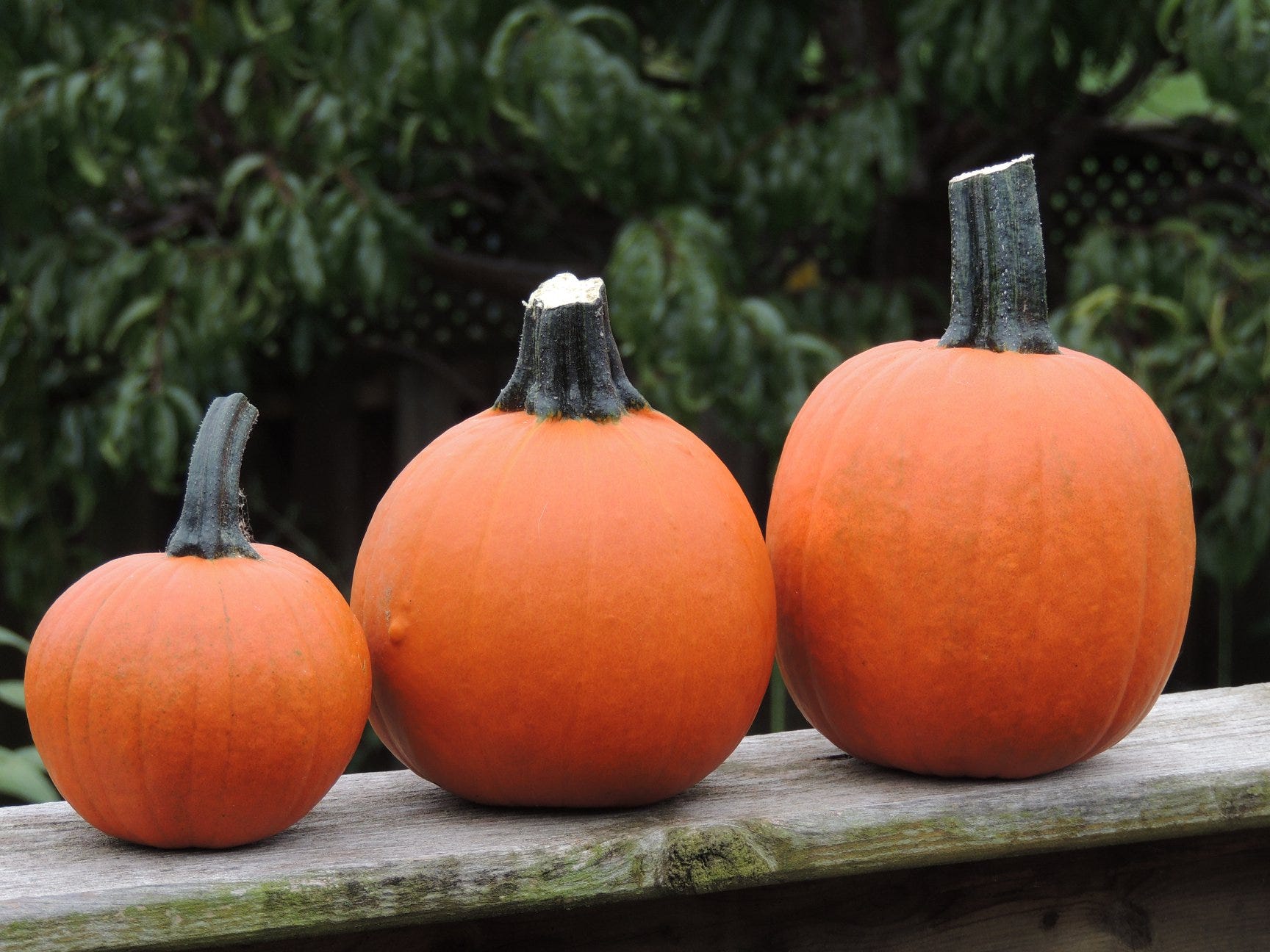

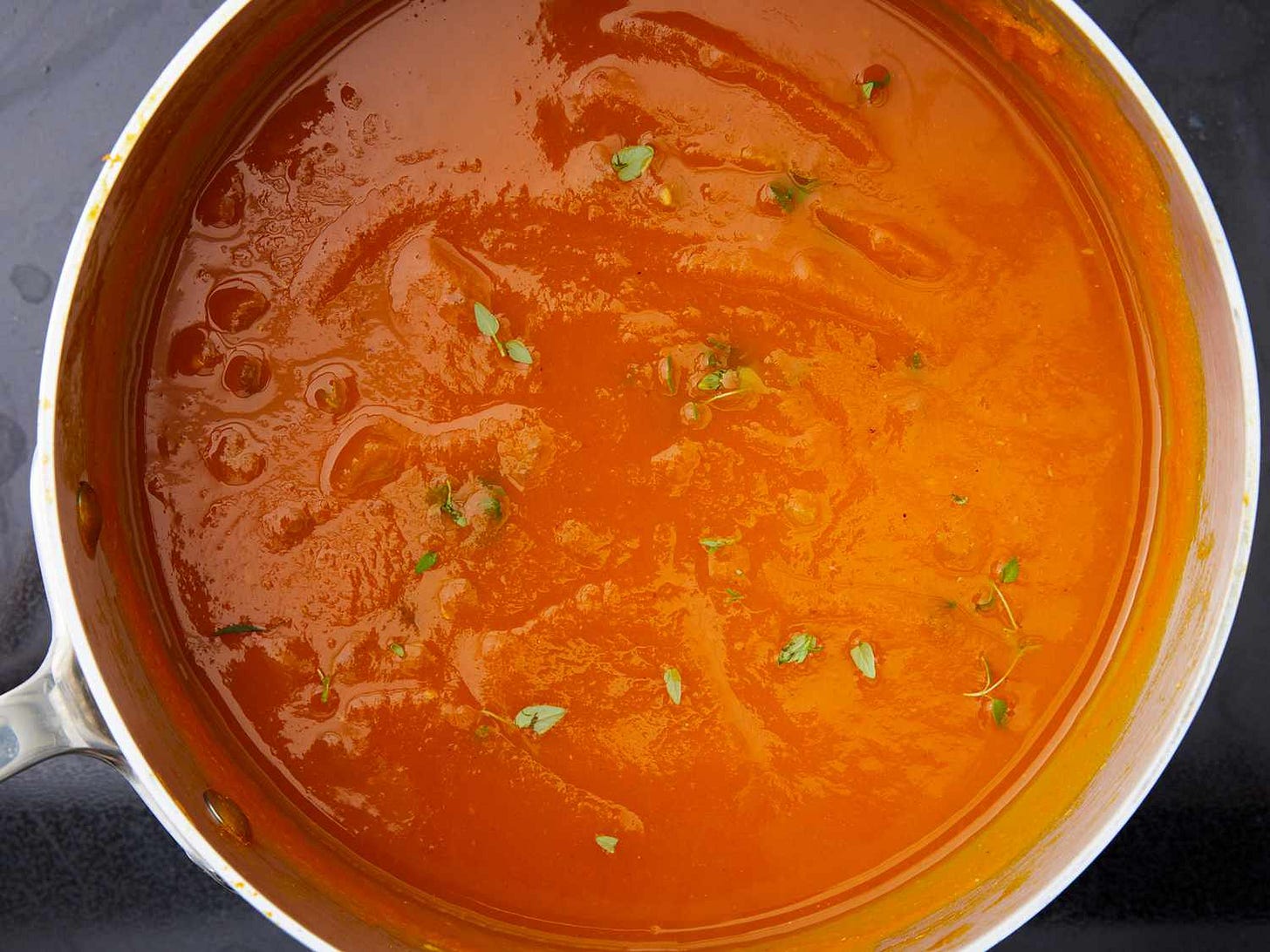

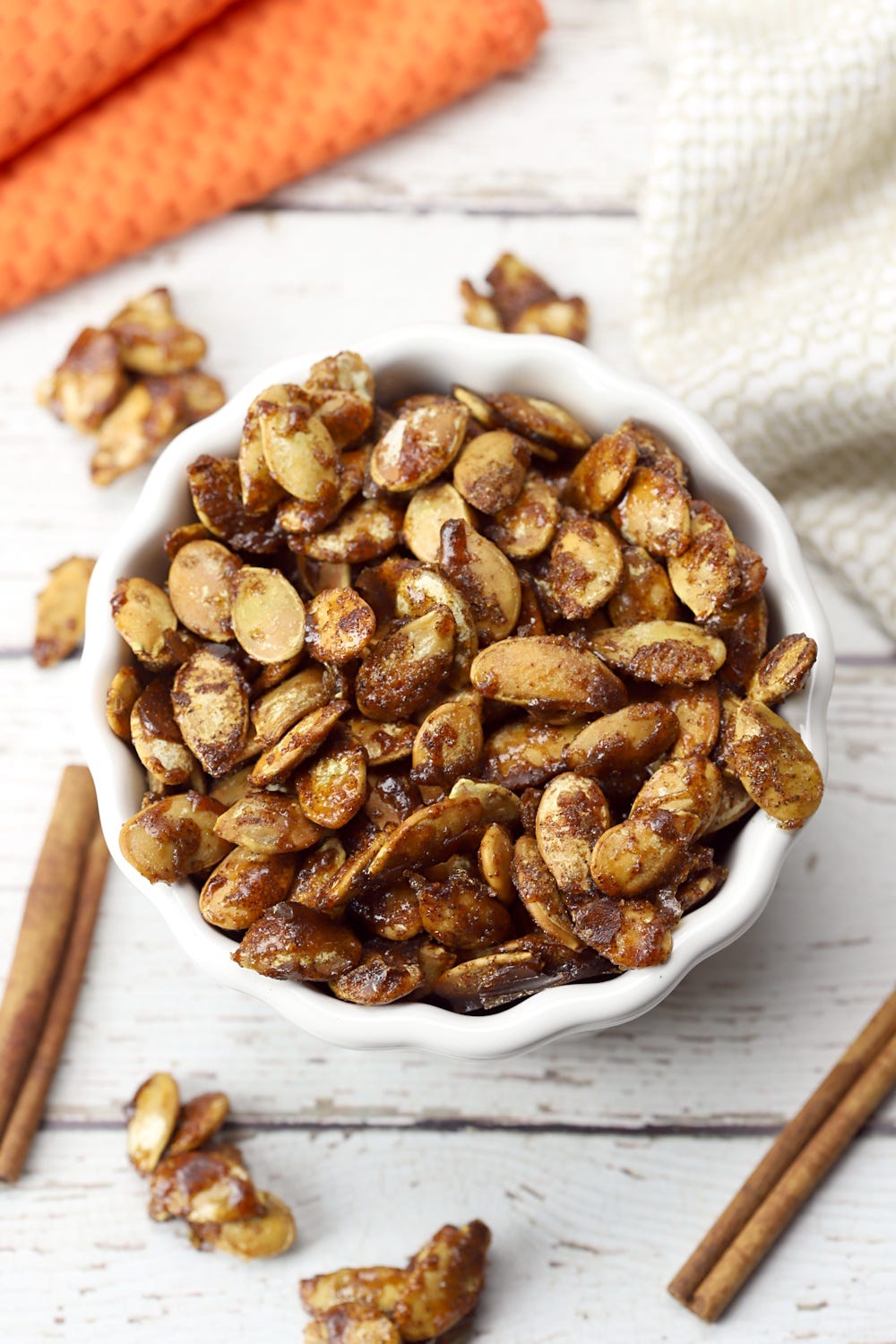
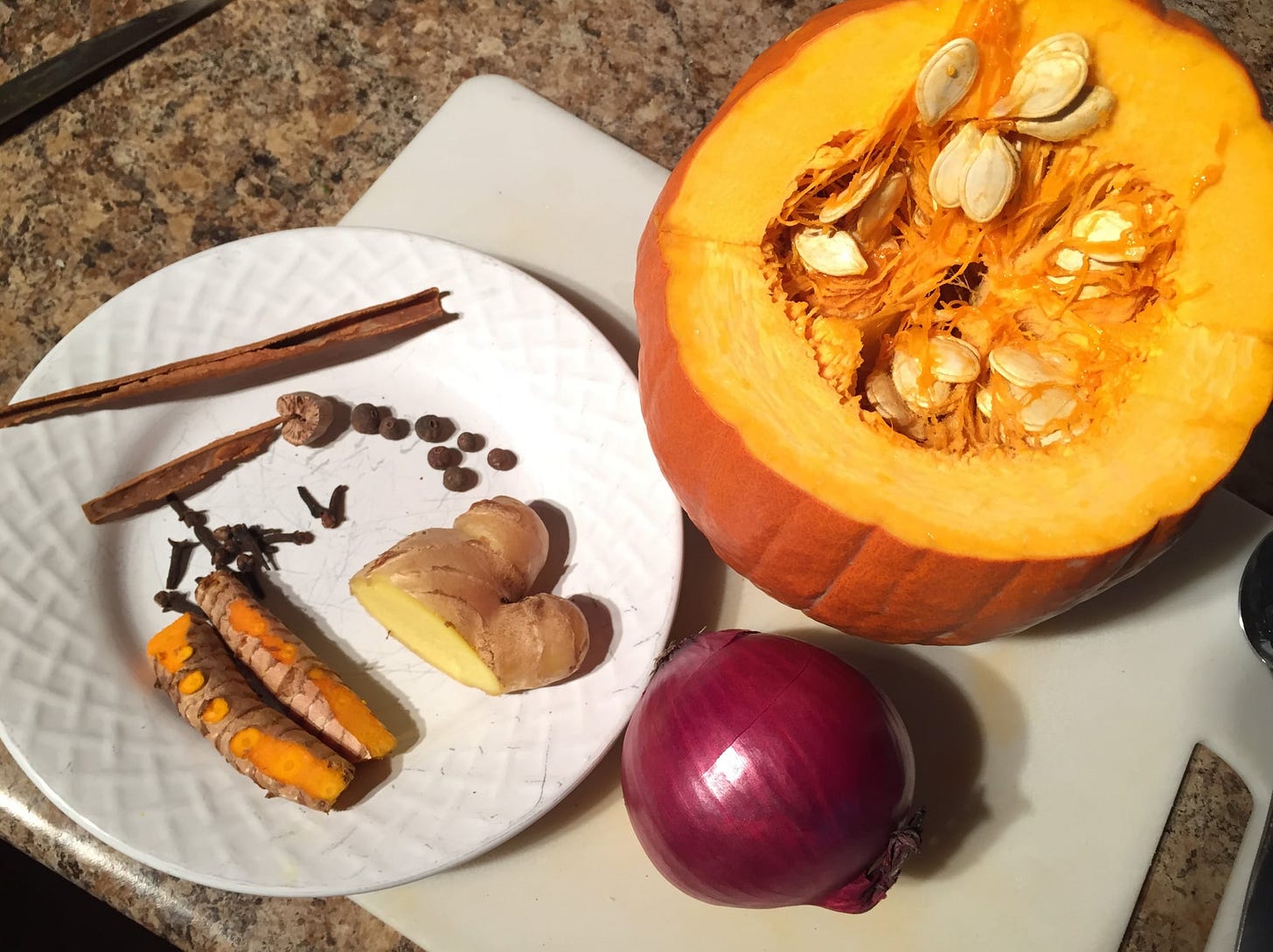
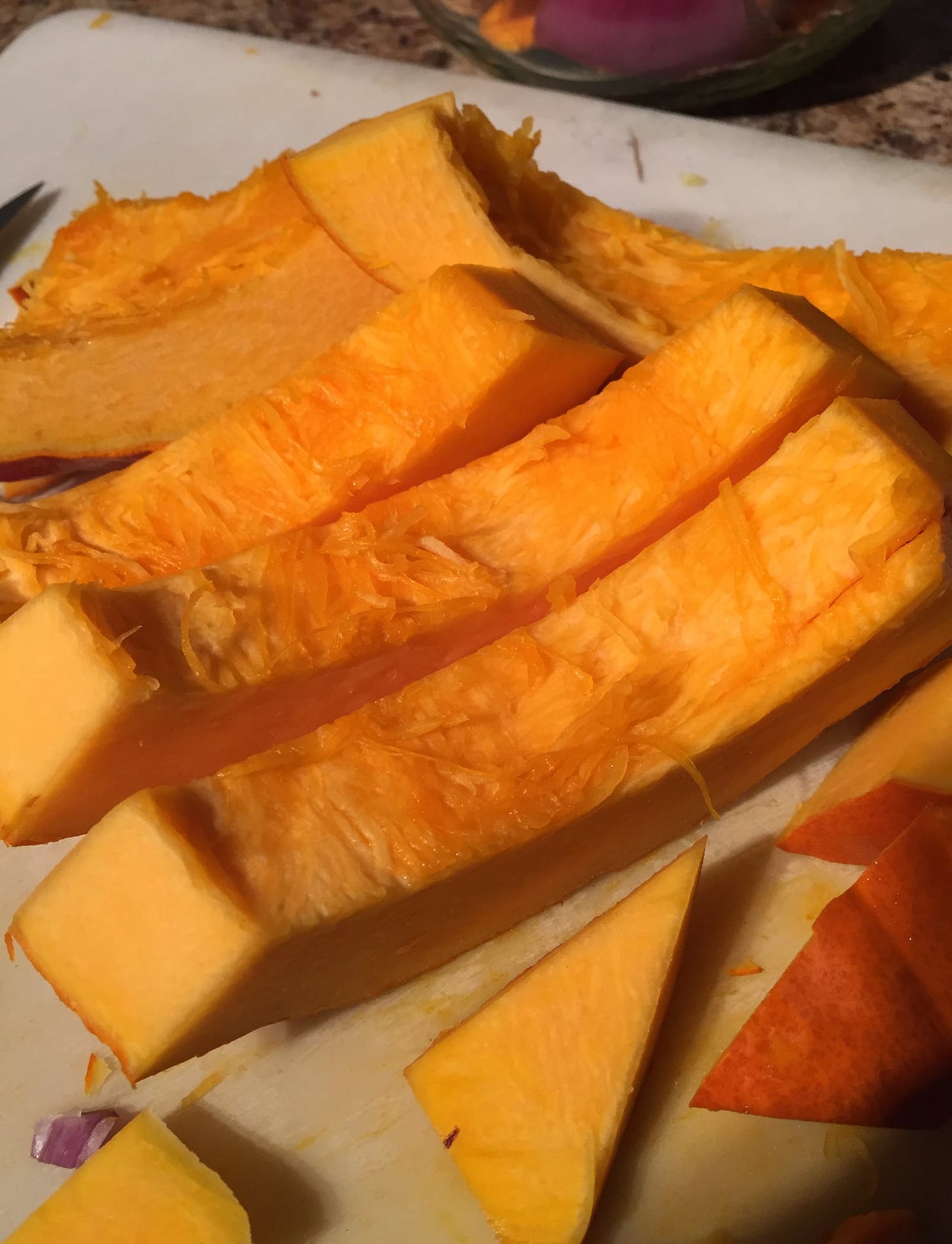
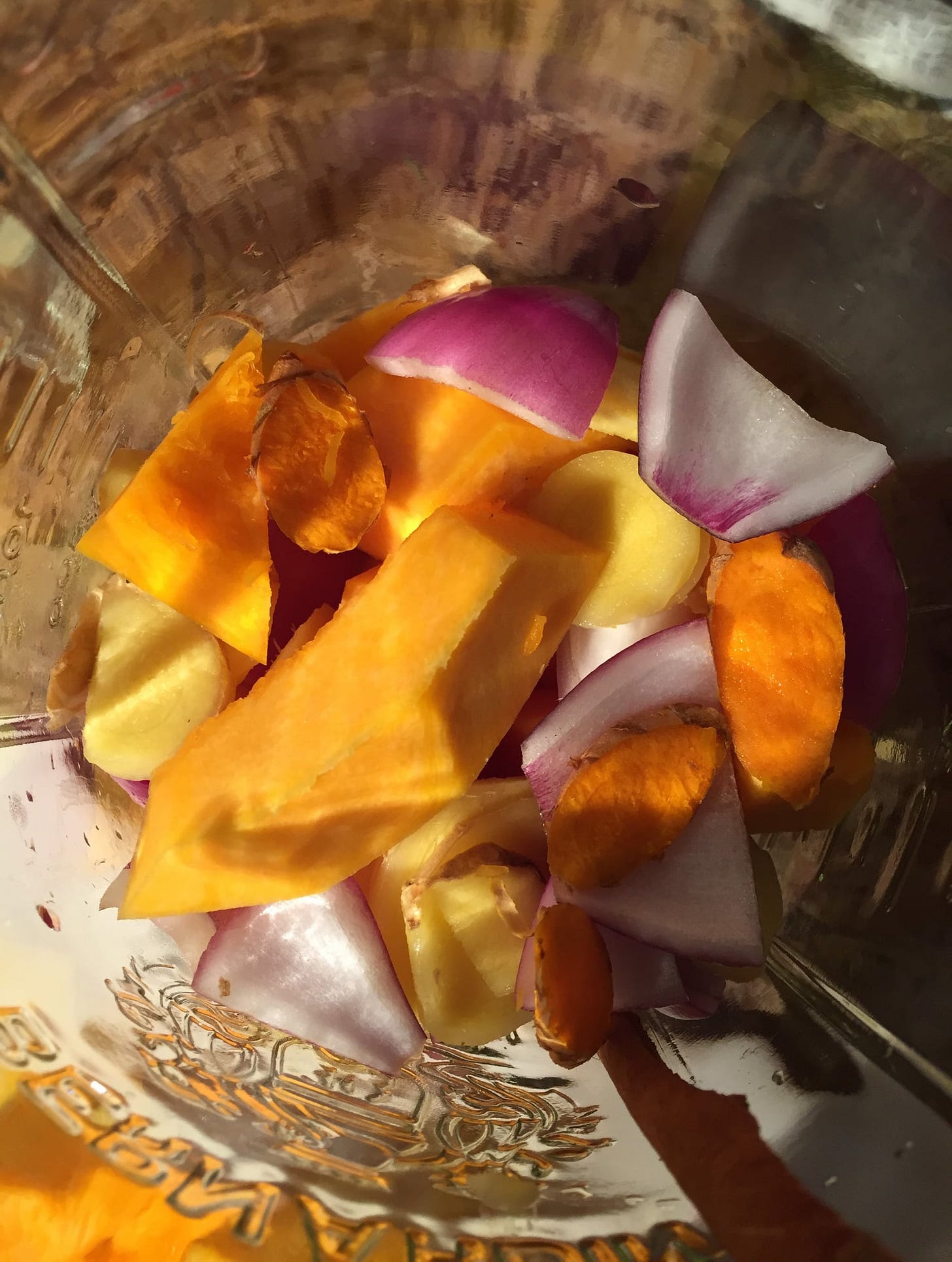
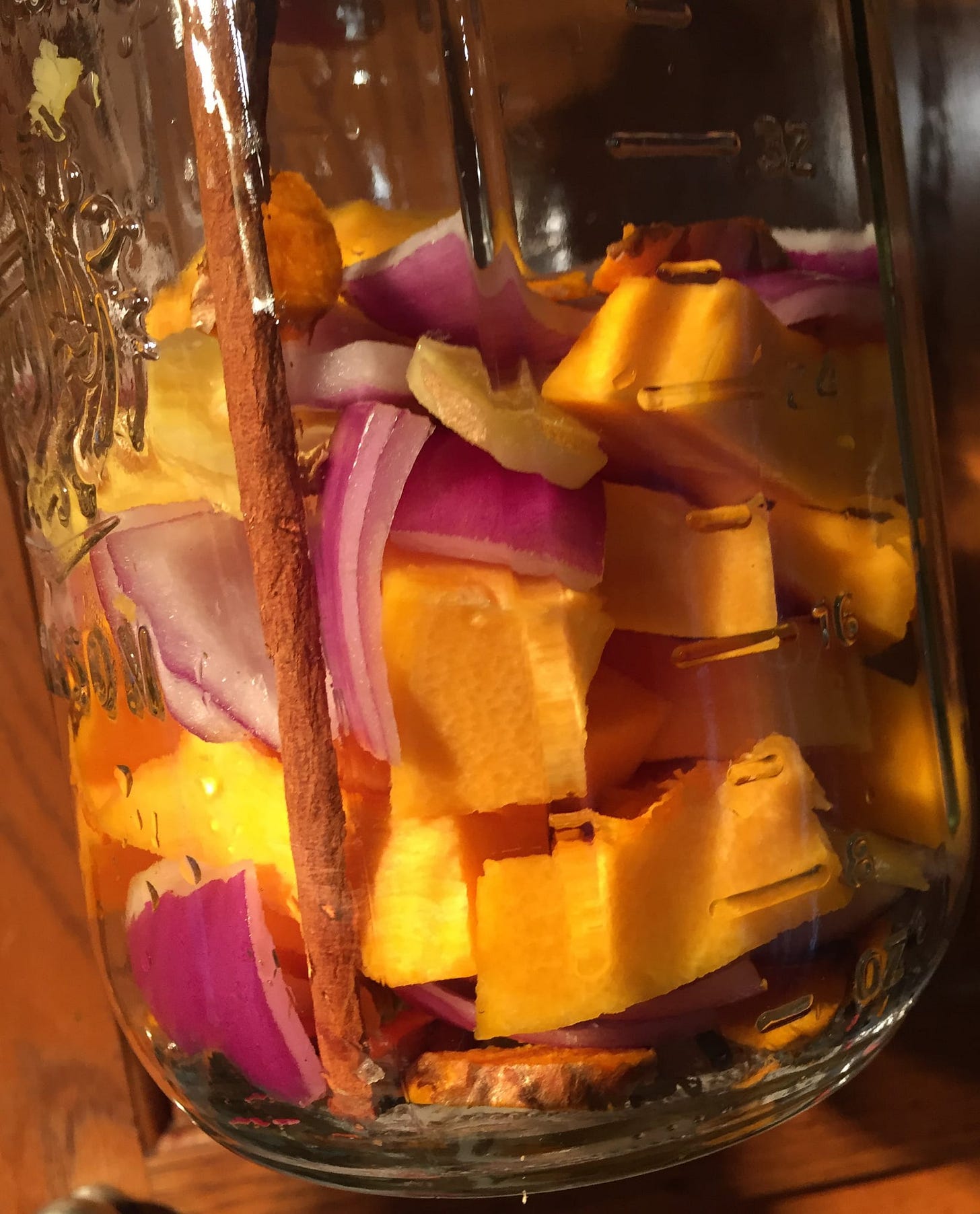
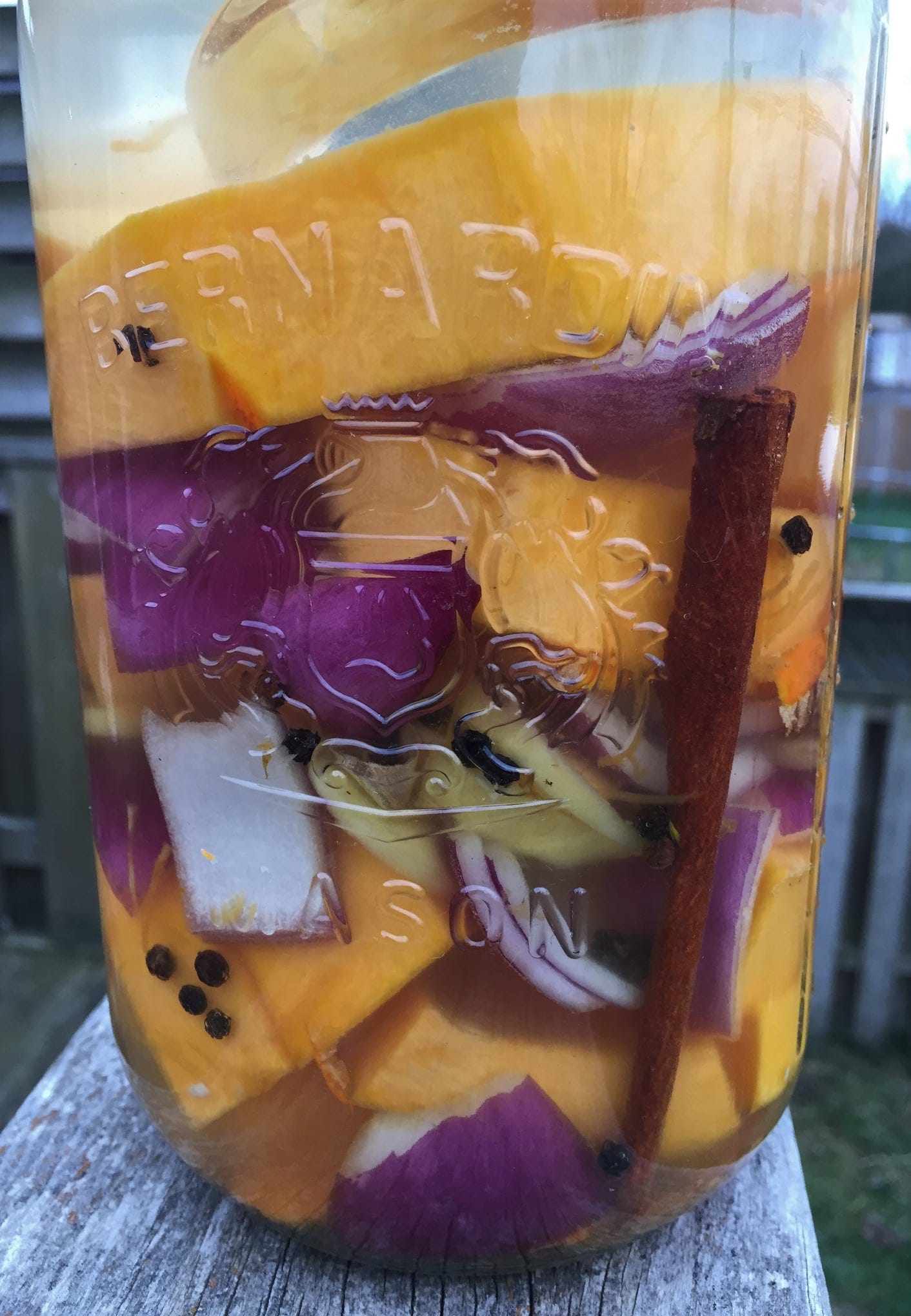

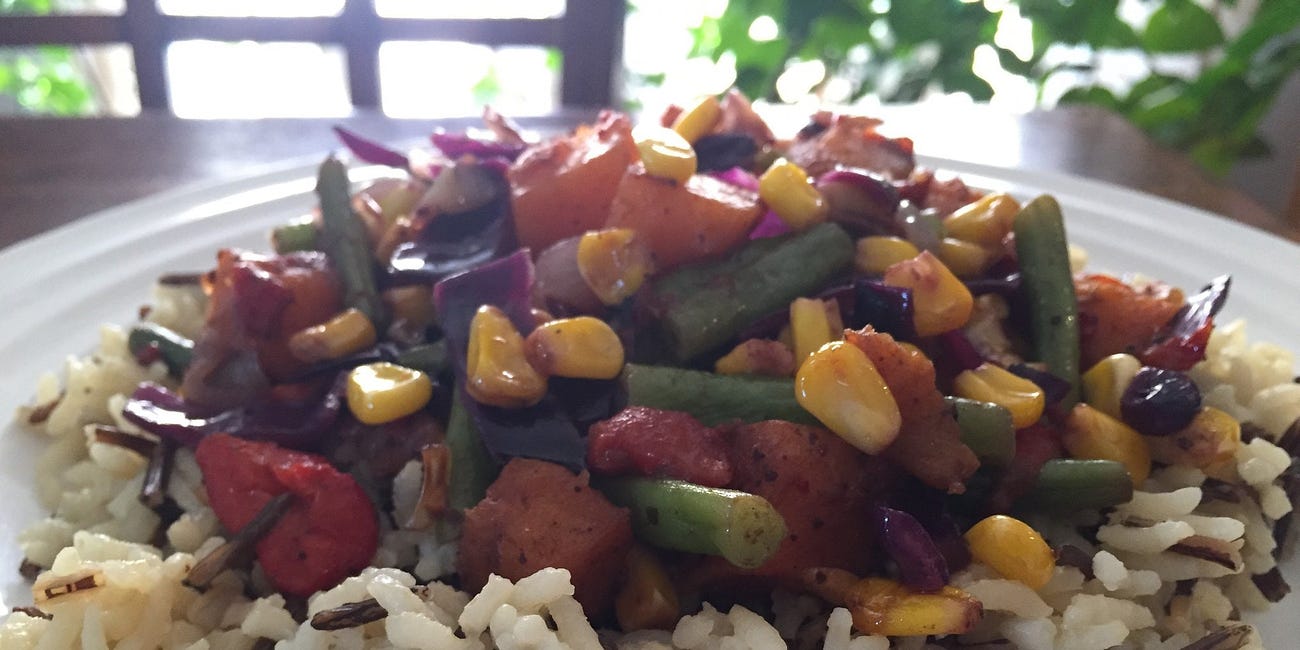
A seed saving tip is to dry seeds on a wooden board. Once dry, the seeds are easily scraped off.
I eat a lot of organic pumpkin butter and am looking forward to raising them myself, harvesting the seeds and all the rest of nature's awesomeness. Thank you for the article.